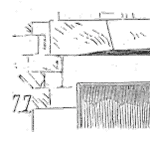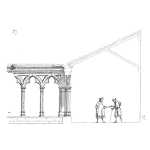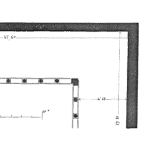
The reliability definition in relation to asset failures
Maintenance and Reliability professionals deal with equipment failures all the time. However, the word “failure” could have different definitions or thresholds. In order to take adequate and effective action, it is important to have clear specifications for what a “failure” truly is.
[Read more…]






